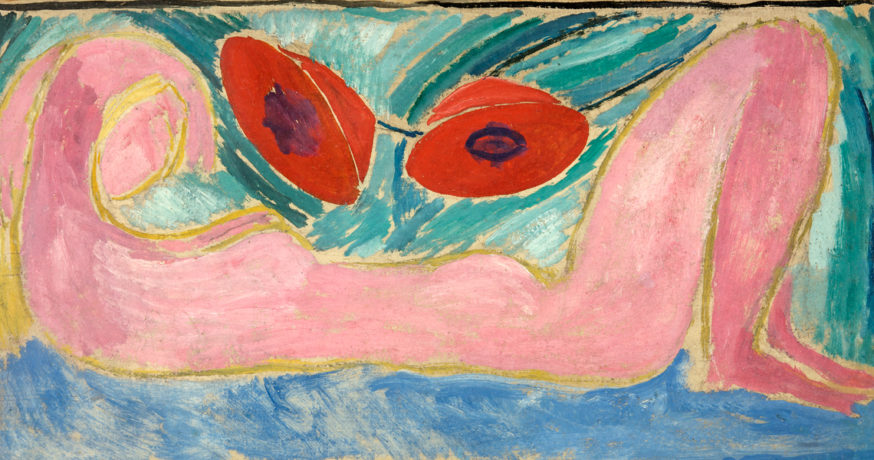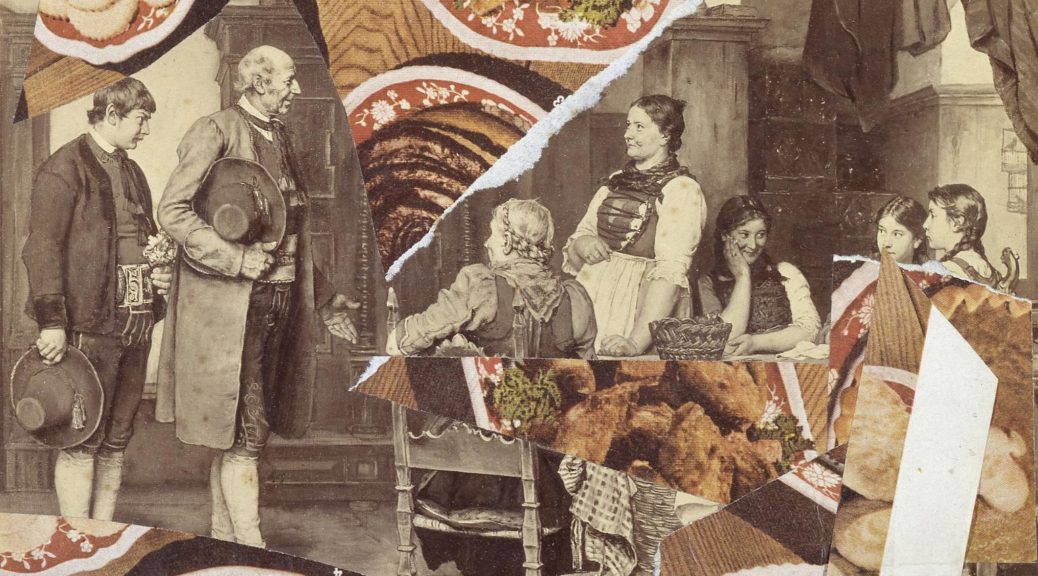
Walter Sickert was a pioneer in terms of British art, bringing his version of Impressionism to London. At this time there was much resistance towards the new styles and subjects of painting emerging from Paris, with the exception of more open-minded … Continue Reading ››








